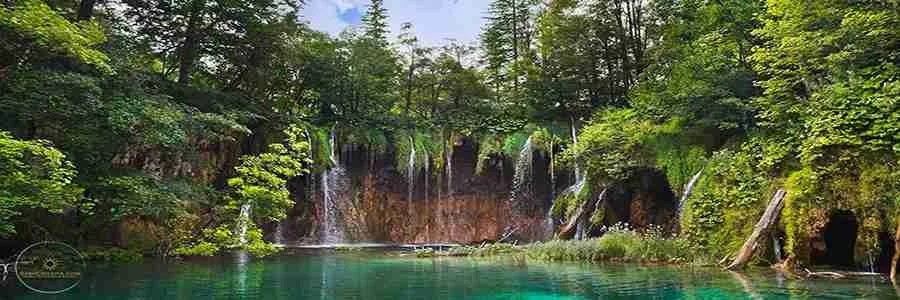Chapel of St. Mary Formosa – Pula – Istria – Croatia, was built in the 6th century (before 546) in the form of a Greek cross, resembling the churches in Ravenna.
It was built by Maximianus of Ravenna, then a deacon, but later Archbishop of Ravenna. It was, together with another chapel. Part of a Benedictine abbey that was demolished in the 16th century.
The floors and the walls are decorated with 6th-century mosaics. The decoration bears some resemblance to the Mausoleum of Galla Placidia at Ravenna. The wall over the door contains a Byzantine carved stone panel.
The 15th-century wall paintings of the Chapel of St Mary Formosa – Pula – Istria – Croatia, may be restorations of Early Christian paintings.
When the Venetians raided Pula in 1605, they removed many treasures from this chapel to Venice. Included in the raids were the four columns of oriental alabaster that stand behind the high altar of St Mark’s Basilica.
Preservation and Remains
Only the south chapel has been fully preserved until today. The major part of the northern one was built into the neighboring residential buildings. The basilica’s northern wall is today visible only as a fence surrounding the neighboring garden. The chapel is designed as a Greek cross, one of which arms ends in a semi-circular axis. Its central part, the point where the two arms cross, is higher than the others.
The sanctuary is covered by the quadro-pitched roof, while the remaining part of the structure has dual-pitched roofs. The exterior is simple, decorated by shallow lenses, blind arches and semi-circular windows. It got ruined during the 1242 fire. At the same time of the Venetian conquest of Pula. A large portion of its inventory was shipped to Venice. It was used in building the St. Mark’s Library or Sale delle quattro porte of the Doge’s Palace. In the late 16th c., the basilica was in ruins.

